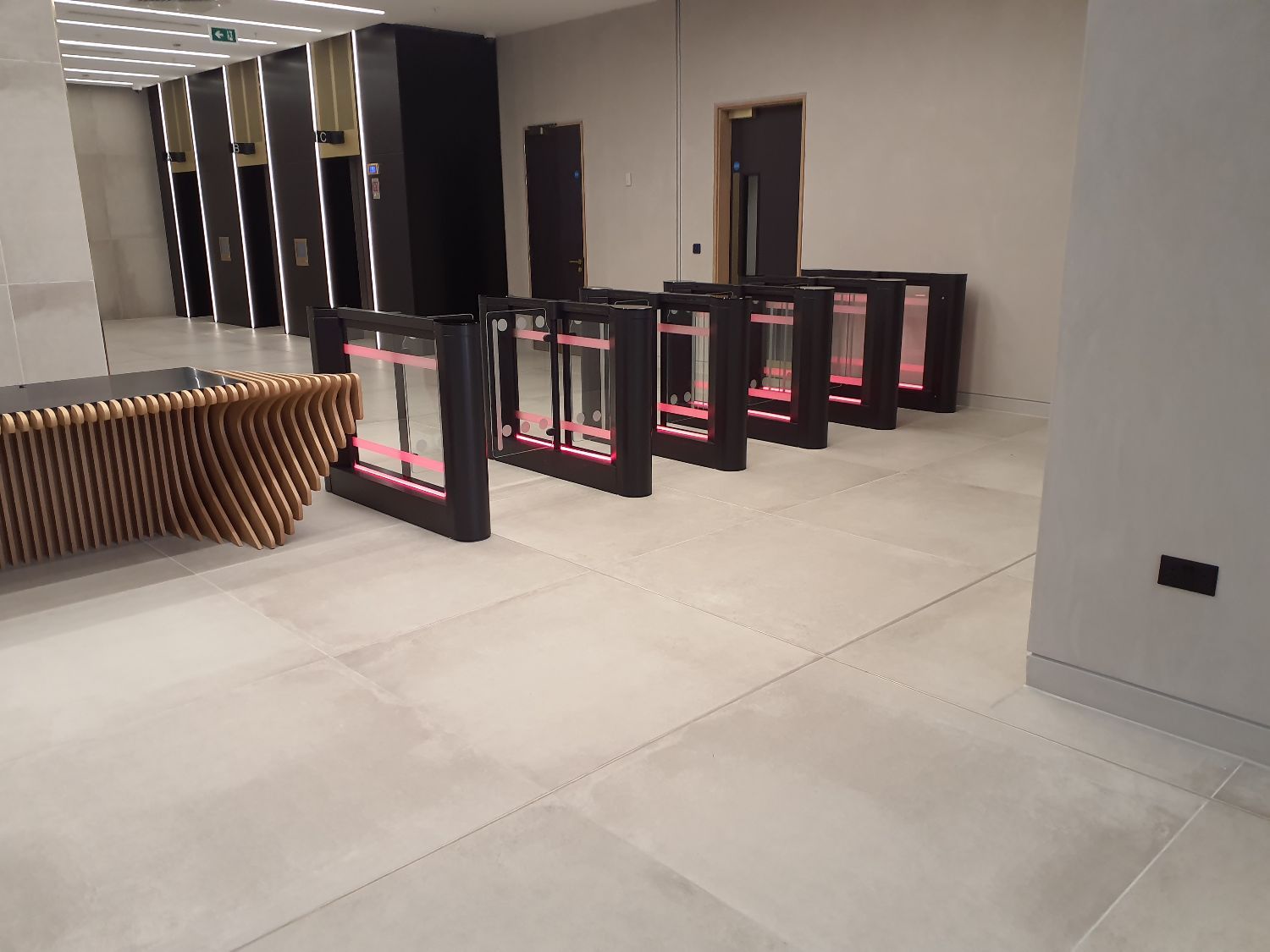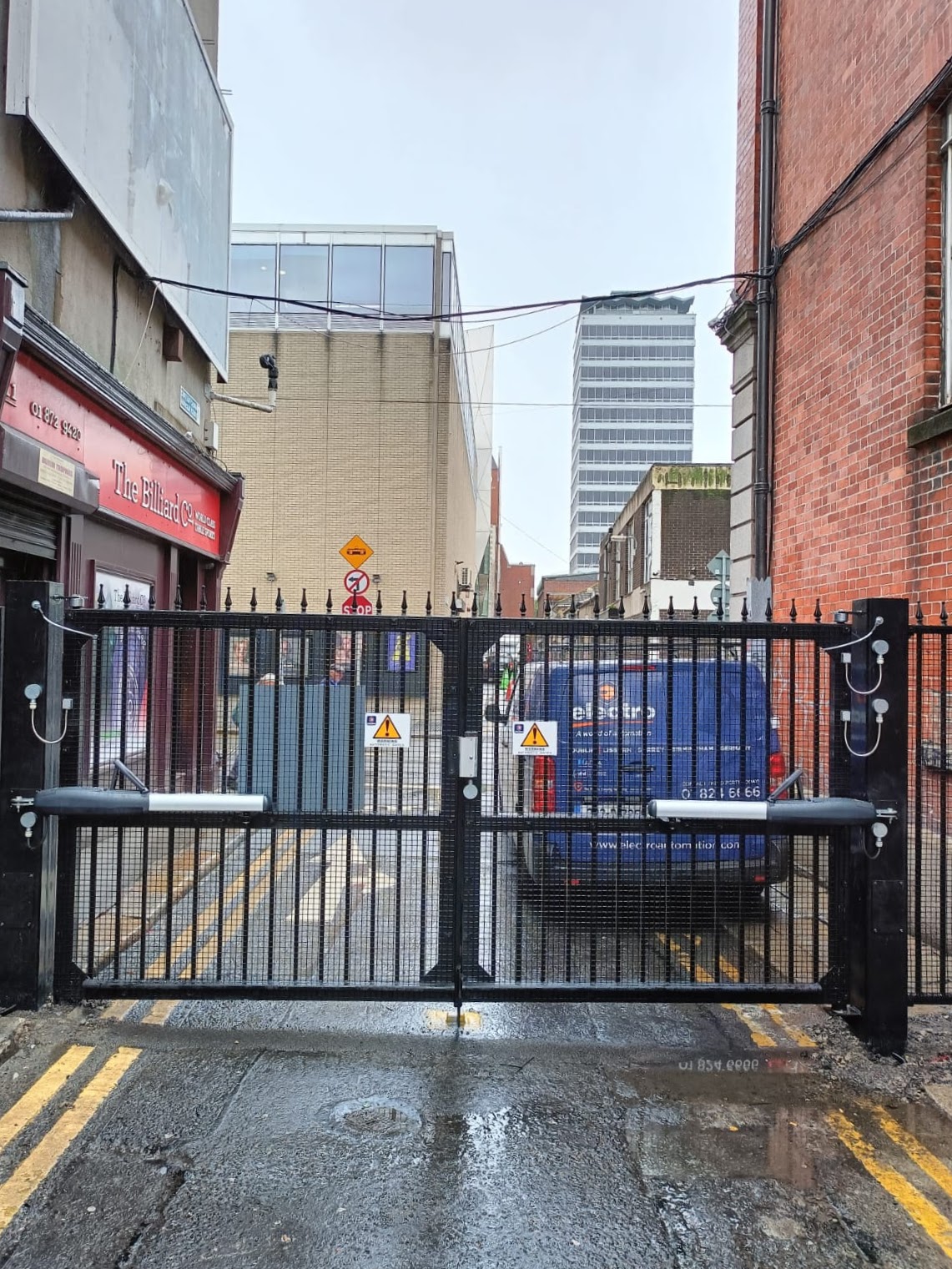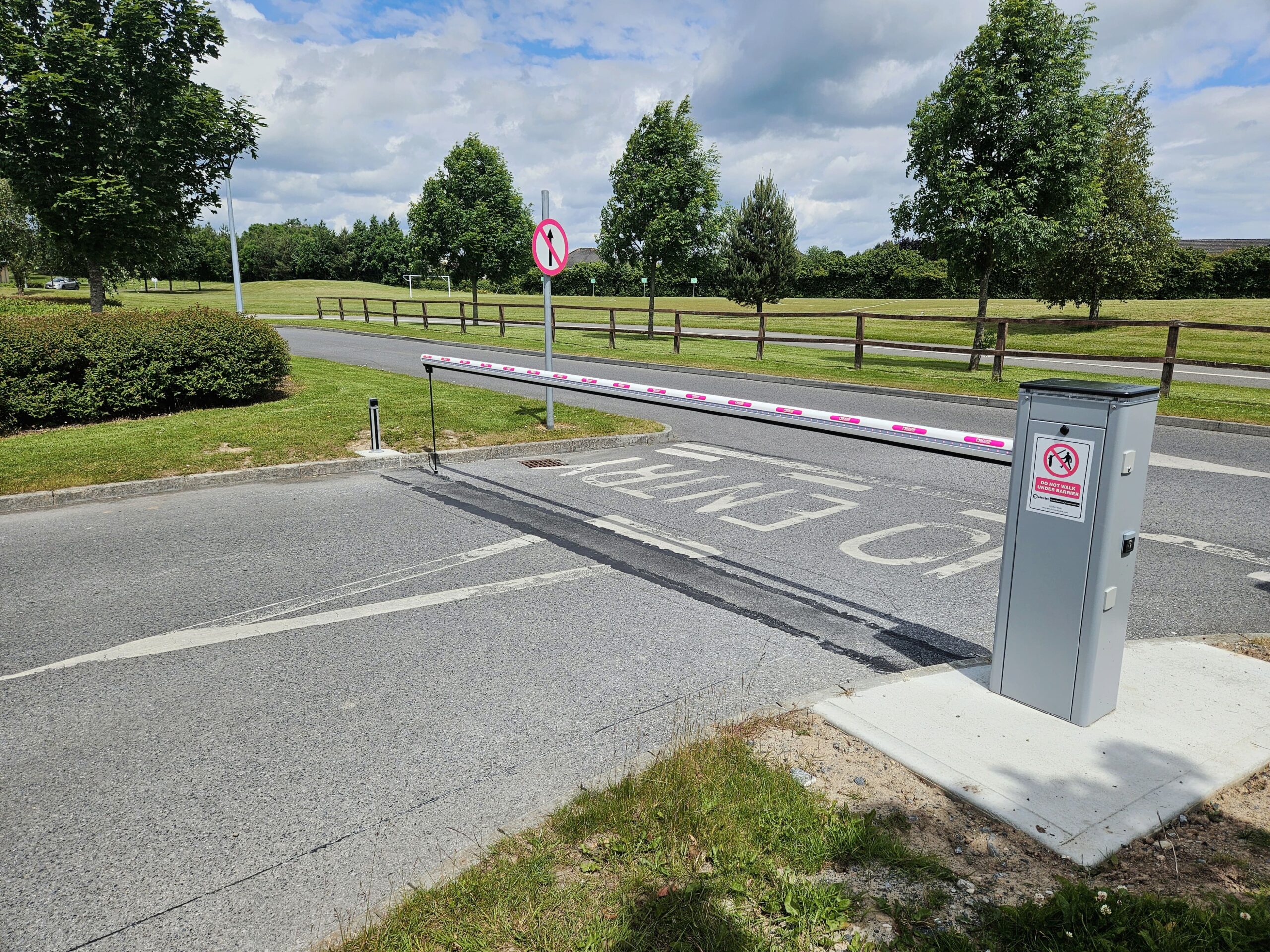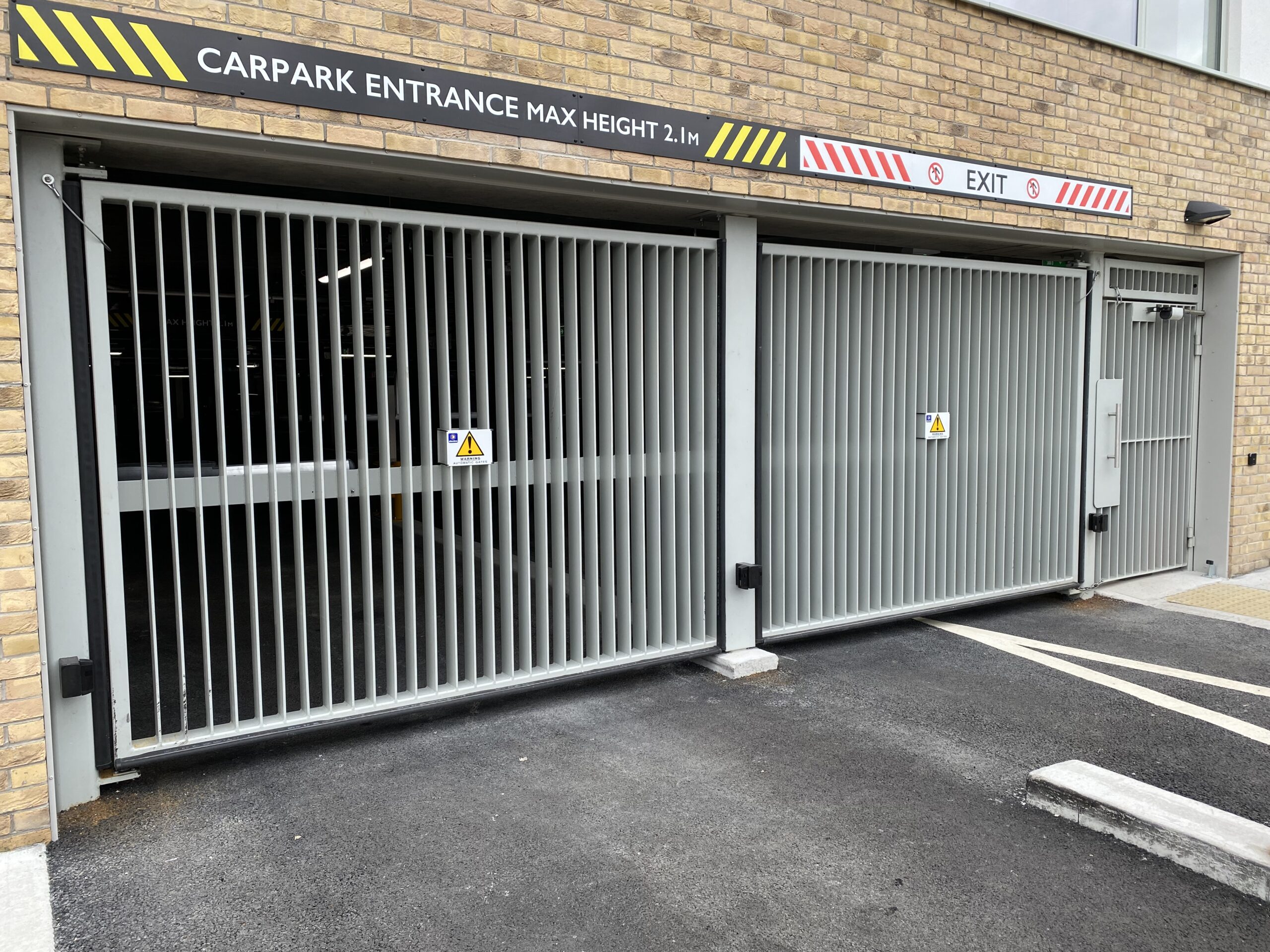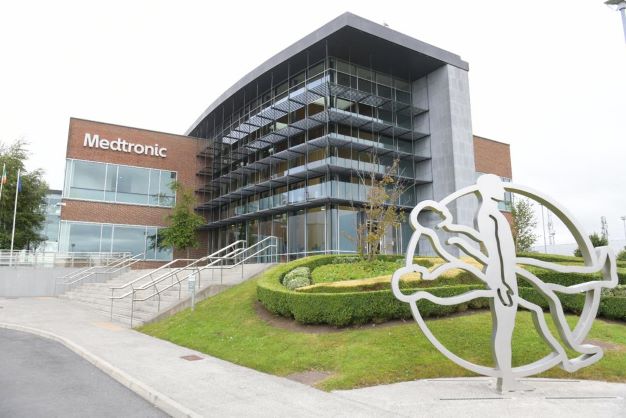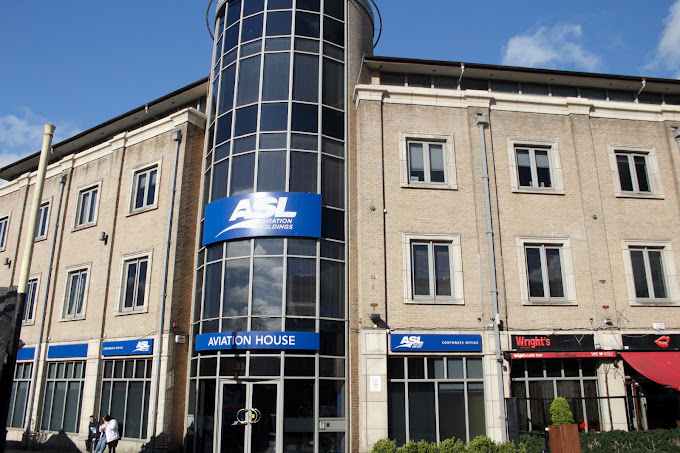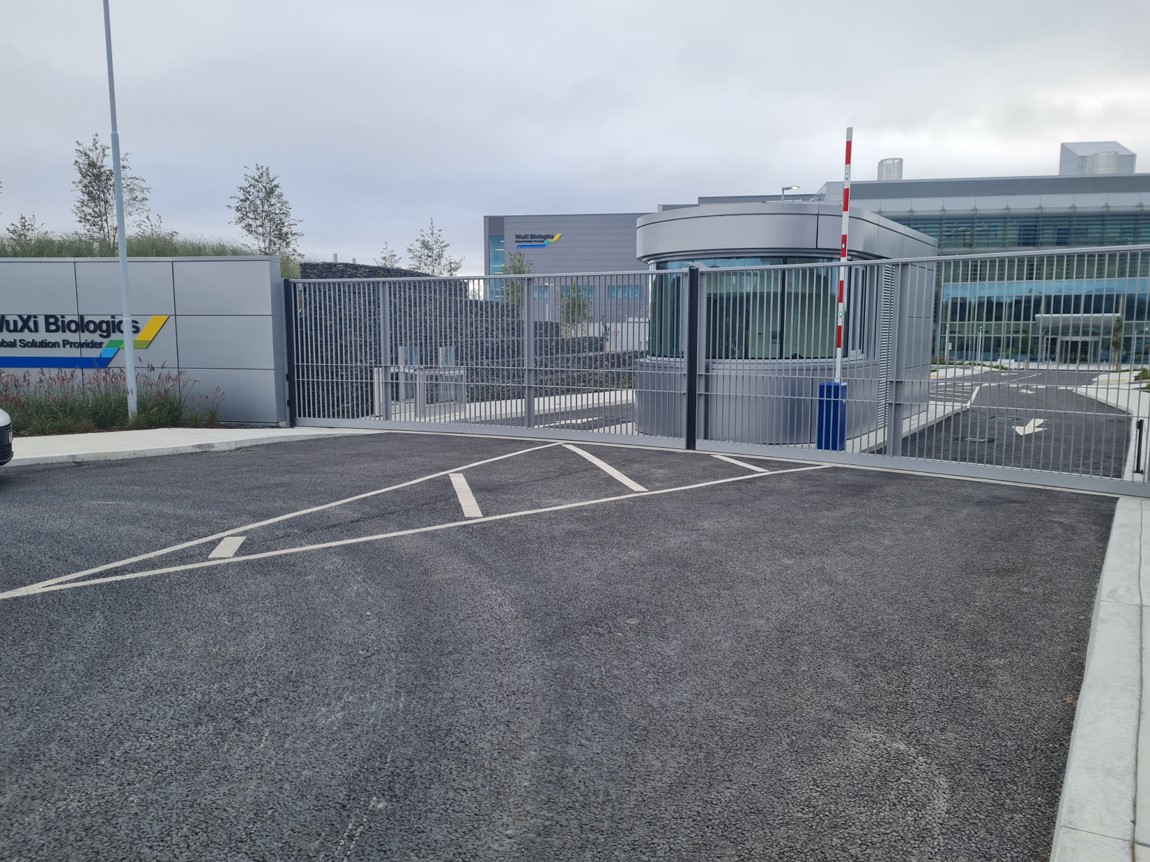Introduction
This case study highlights the successful installation of turnstiles for a specialised project aiming to create efficient and accountable speed lanes. The project’s primary objectives included optimising staff deployment, ensuring wheelchair accessibility, and managing high volumes of access traffic. Key success factors, such as product design, collaboration with manufacturers, integration with third-party solutions, and local support from trained engineers, are detailed in this case study.
Project Overview
The project’s focus was to introduce turnstiles that would streamline access control processes, promoting inclusivity for all users, including those with disabilities. Striking a balance between efficient operation, safety compliance, and the ability to handle high traffic volumes was paramount. The deployment of self-managing speed lanes sought to improve staff efficiency and overall accountability. Close collaboration with turnstile manufacturers was crucial in meeting the project’s stringent operational and safety requirements. The design process involved meticulous consideration of factors such as access requirements, efficiency, and wheelchair accessibility. The project team collaborated closely with manufacturers, resulting in a custom turnstile design tailored to meet all specified criteria.
In addition to turnstile design, seamless integration with third-party solutions was essential to optimise functionality and performance. These solutions included access control systems, ticketing systems, and other relevant technologies. Integration with external systems aimed to establish a seamless and efficient access control ecosystem. Collaborative efforts among the project team, turnstile manufacturers, and third-party solution providers ensured a successful integration meeting all project requirements.
Swift response times and efficient troubleshooting were made possible by the availability of local support staff, consisting of trained engineers. This local support team played a crucial role during both the installation and post-installation phases. With trained engineers on hand, any technical issues or maintenance requirements were promptly addressed, minimising downtime and optimising the overall performance of the turnstile system.
Conclusion
The turnstile installation in the speed lanes project proved highly successful. Collaborative efforts among the project team, turnstile manufacturers, and third-party solution providers resulted in the creation and implementation of an efficient and accessible access control system. Prioritising product design, ensuring seamless integration with external systems, and having a responsive local support team allowed the project to achieve its objectives of increased efficiency, improved accountability, and wheelchair accessibility. The installation of self-managing speed lanes not only optimised staff deployment but also provided a robust and reliable solution for managing high volumes of access traffic.

